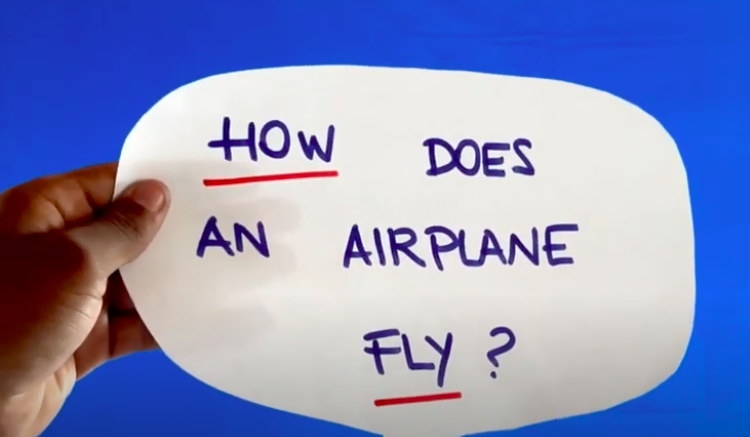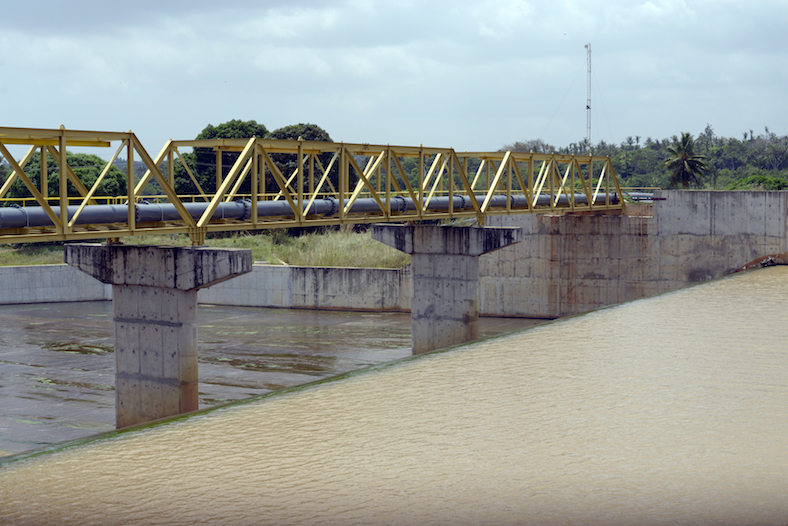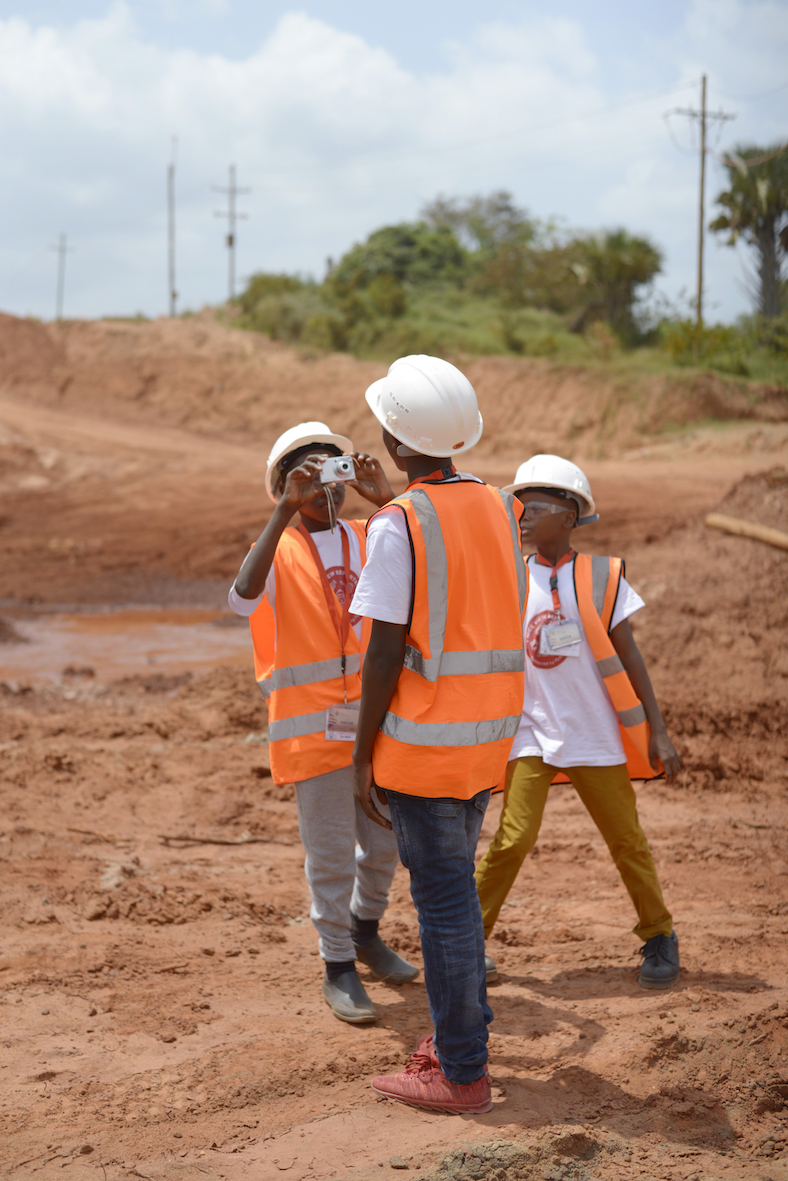Climate Change Project Week 2023
Story by Joshua Mwasigwa
We have all seen the effects of climate change and we as the Nice View Reporters set out for a week to explore and find ways to tackle it.
Monday, 12 February
On the first day everyone was super excited to join and be a part of the Nice View Reporters for a week. We all got T-shirts and most importantly name tags because we were not all familiar with each other’s names. To make it more interesting the FLMH team came up with group names concerning the climate: Sun, Wind and Water.
Our group was Sun which was obvious because we were always bright with so many ideas and always tried to outshine the other groups … We learnt that the global climate is getting worse day by day and we looked on ways how we can stop harming our climate and make it better.
Tuesday, 13 February
On Tuesday we set out to Sawasawa Beach House where we interviewed two amazing people. They were willing to tell us what they are doing to prevent harm on our global climate.
Stacey, a 25-year-old who is currently the Sawasawa Beach House Manager, has been there for four months now and already claims that she has faced the effects of global climate change at the hotel: “The main challenge we are facing is lack of fish for the guests and the lack of water in bathrooms and showers.” Since they get many guests, they have to come up with measures such as building hats for them to prevent them from sun burns and even digging deeper boreholes to get more water.
Stacey was very kind and took her time to let us interview her. At the end she encouraged us to spread news on the effects of climate change and ways on how to prevent it.
Daniel Onyeti, a 58-year-old from the United States of America, is a retired activist who involves himself with Brian Nyabuti in Nairobi. The project “Waste Free in 23” is about recycling of plastic in Kibera, one of the biggest slums in Africa. He stated that their project is only four months old, but already so much progress has been seen. The non-fundable project is also open-source. In Kibera approximately 300.000 citizens are living in a small area. An average of three tons of plastic is collected a month, which is about 20% of the whole Nairobi County plastic. Daniel is a very optimistic person and told us that he doesn’t doubt that in five years’ time Kenya can be waste and plastic free if everyone has self-awareness and takes responsibility.
Wednesday, 14 February
On Wednesday we set out on an adventurous field trip to the Diani Turtle Watch located in Diani. All three groups were very excited to go on this trip. We and some of the officials there had a Beach cleanup and to our surprise collected more plastic than we anticipated – the beach looked so clean at first, but it’s never good to assume things. We saw a turtle nest where they usually lay their eggs in the laying season. We later were assigned some questions to answer, and our group was assigned questions on the Mangrove which was very interesting. All of the groups got to know a lot about turtles and what to do about them. We also got to know the “Trash into Treasure” slogan, which means to always make something beautiful from plastic waste. Lastly we learnt a lot about marine life.
Thursday and Friday, 15 and 16 February
On Thursday we had a tree planting activity whereby all groups participated and planted about eleven Cashorina trees and also assigned them names. We also came up with duties on when and who will look after the trees. At the end all the groups made posters and came up with ways on how to present their work on Friday afternoon.

































